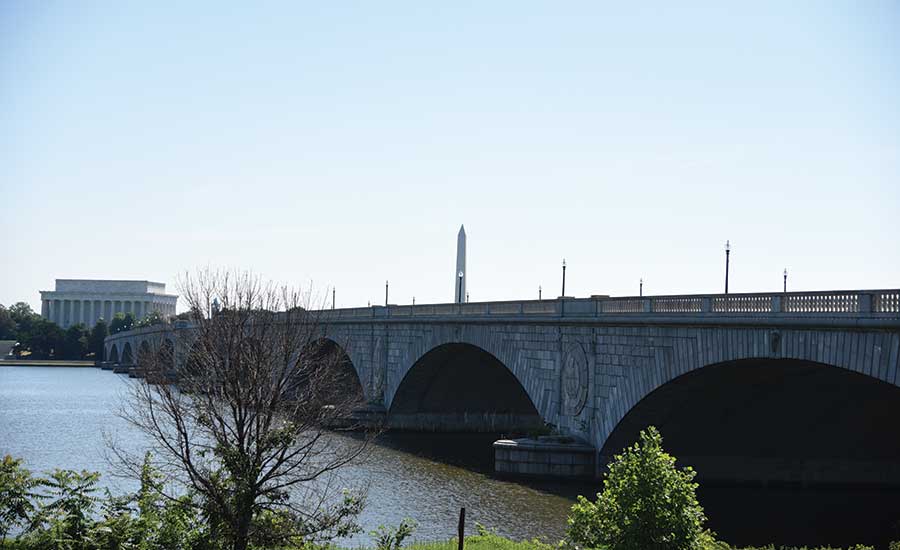Eighteen highway and freight projects are in line to share $759 million in grants under a new U.S. Dept. of Transportation program that aims to help streamline the movement of vehicles and freight across a range of surface-transportation modes.
House and Senate infrastructure committees on July 6 announced the winners of the first Fostering Advancements in Shipping and Transportation for the Long-Term Achievement of National Efficiencies (FASTLANE) grants. Competition was intense: state DOTs and other agencies submitted more than 200 applications to help finance approximately $10 billion in projects.
The program, created in last year’s Fixing America’s Surface Transportation Act, will extend for four more years. Next year’s allotment will be $850 million, subject to appropriations. Funding will then rise in $50-million annual increments to a peak of $1 billion in 2020.
FASTLANE grants provide as much as 60% of eligible project costs. Congress set aside up to 10% of the total dollars for projects of less than $25 million. Brian Deery, senior director of the Associated General Contractors of America’s highway and transportation division, says, “States can also advance large multi-modal projects that often rely on funding from multiple sources, which can be difficult to acquire and coordinate.”
For example, the largest FASTLANE allocation by far—$165 million—will go to Virginia DOT’s Atlantic Gateway Project, a $1.4-billion public-private effort to eliminate multimodal bottlenecks on the Interstate 95 corridor, south of Washington, D.C. The project would add 17 miles to the existing I-95/395 Express Lanes, including a new bridge at Fredericksburg, and 14 miles of new rail line to improve freight and passenger train capacity on the main Potomac River rail crossing. It also would include pavement infrastructure to support deployment of autonomous vehicles.
Also in the District of Columbia area, the National Park Service will receive $90 million to support an overhaul of the 84-year-old Arlington Memorial Bridge’s approach spans, which have never undergone major rehabilitation. Designed as a link between Arlington National Cemetery and the Lincoln Memorial, the 2,100-ft-long, multi-arch bridge has seen its commuter traffic rise and now carries 68,000 vehicles a day, the park service says. In 2015, deterioration in the concrete deck led the agency to impose weight restrictions on the bridge and, if no funding for repairs could be found, threatening to close it to vehicles by 2021.
Several other major FASTLANE grants target high-volume freight corridors. U.S. Route 69-75 in southeastern Oklahoma will get $62 million to add grade separations on a four-mile stretch of intersections and other access points. A 15-mile-long pavement-replacement and lane-addition project along I-10, near Lafayette, La., will receive $60 million. A $49-million grant will go to alleviate congestion at San Diego’s border crossings by helping to complete state Route 11 as well as adding connections to other key roadways.
Five port-related projects won FASTLANE grants. They include $44 million for the Port of Savannah, Ga.’s International Multi-Modal Connector and $11 million for the Port of Coos Bay, Ore.’s rehabilitation of multiple rail tunnels.





